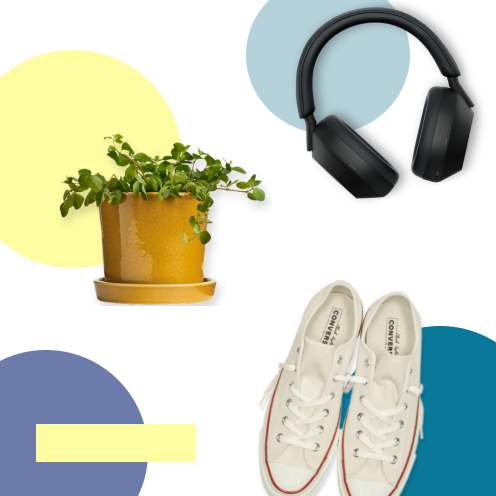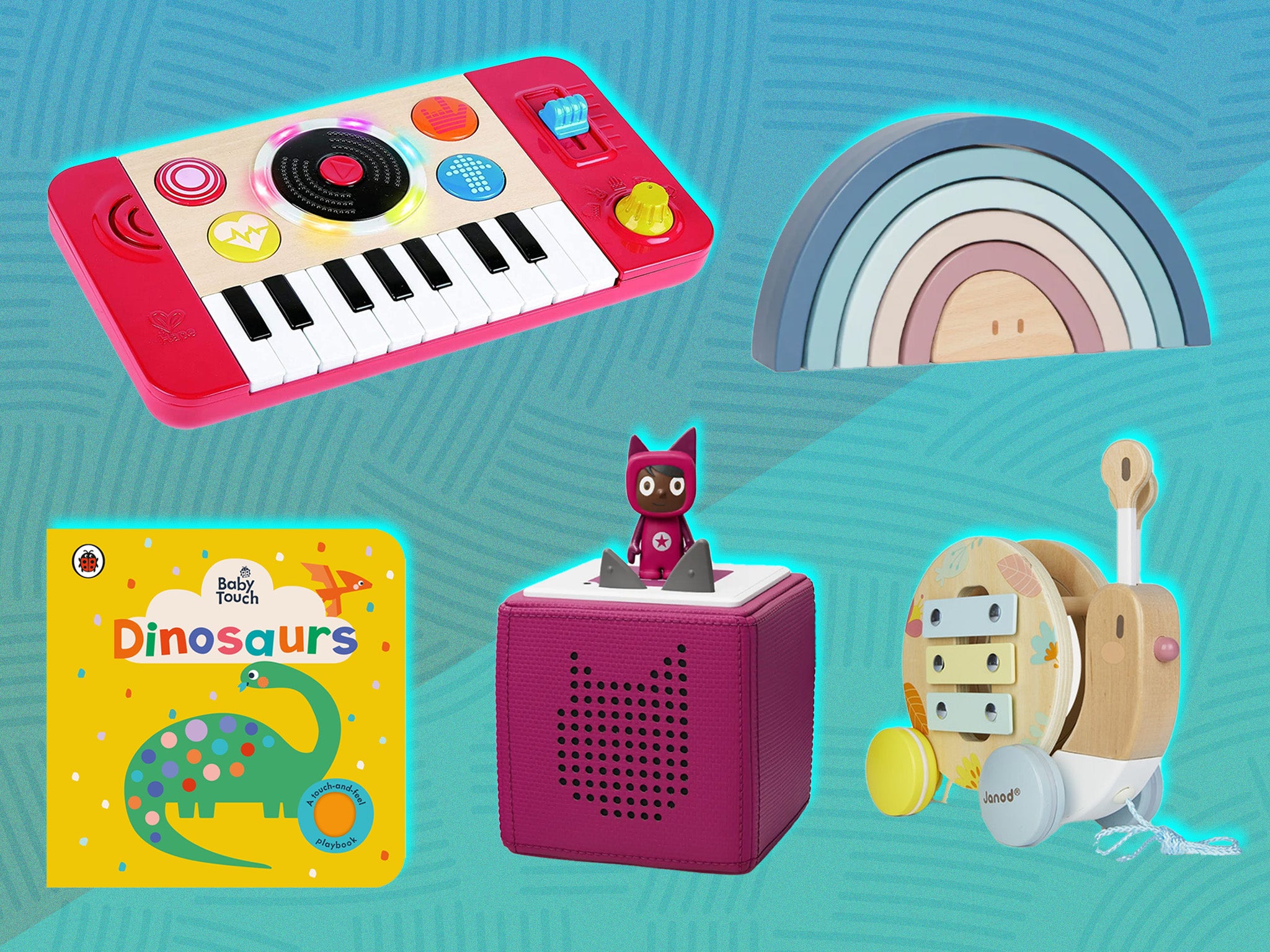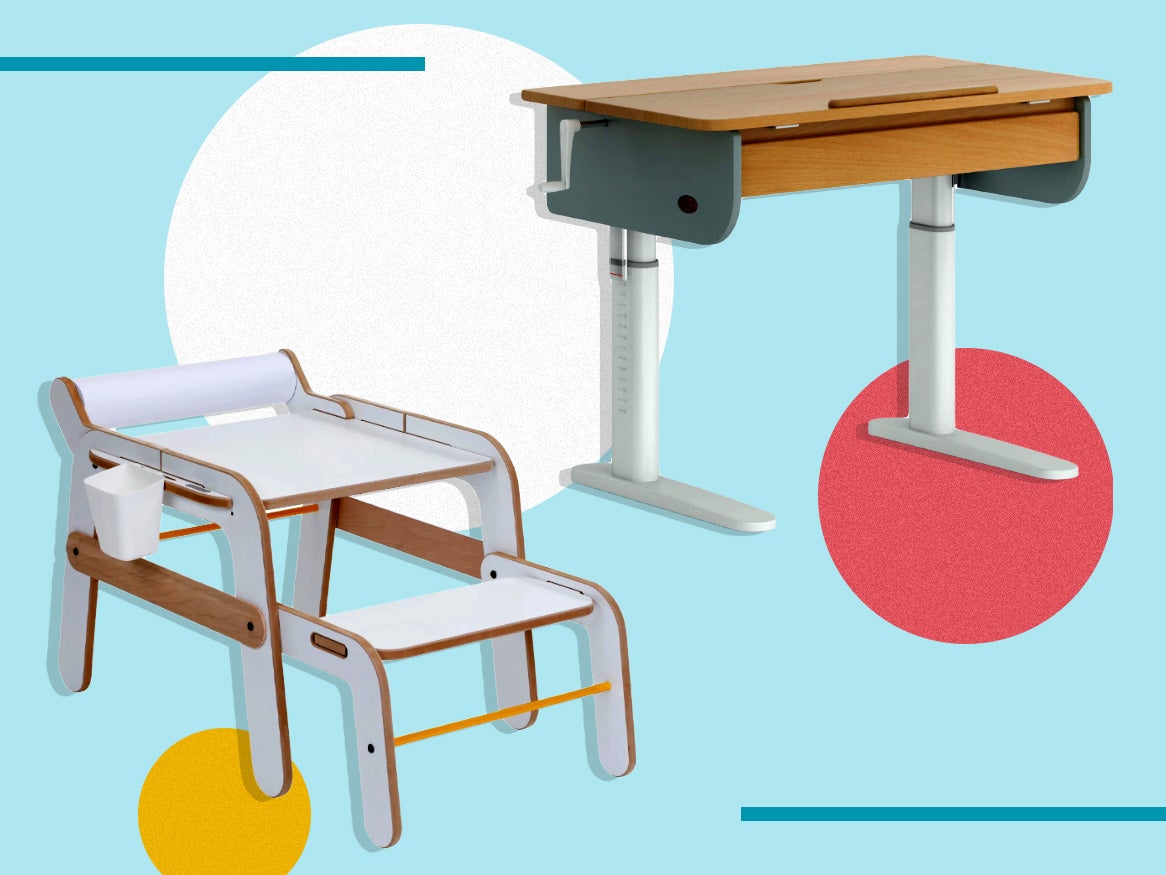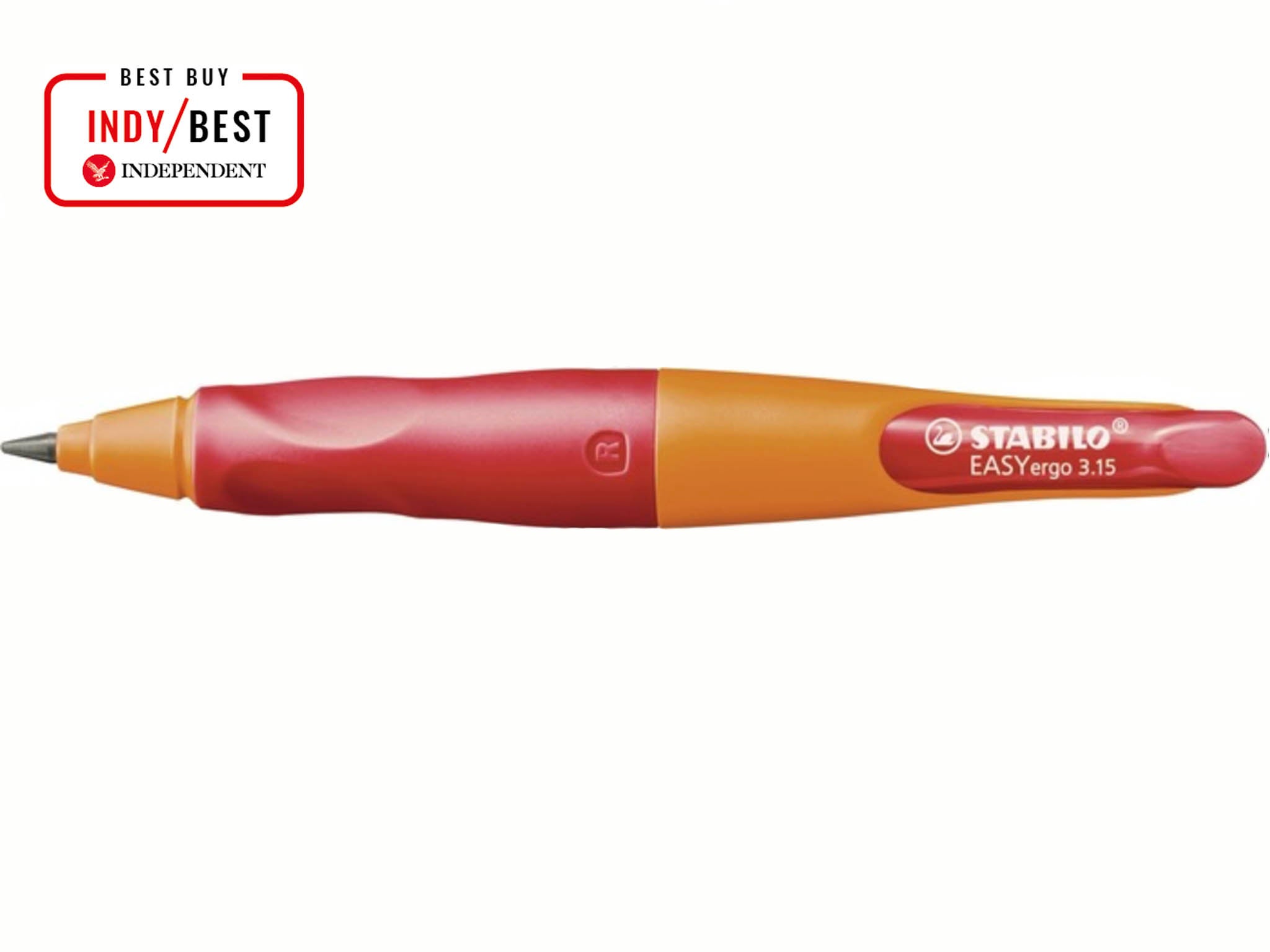
The Independent's journalism is supported by our readers. When you purchase through links on our site, we may earn commission. Why trust us?
Best stationery for left-handed kids to make life a little bit easier
With few resources out there to support left-handed children in their learning, these items are gamechangers
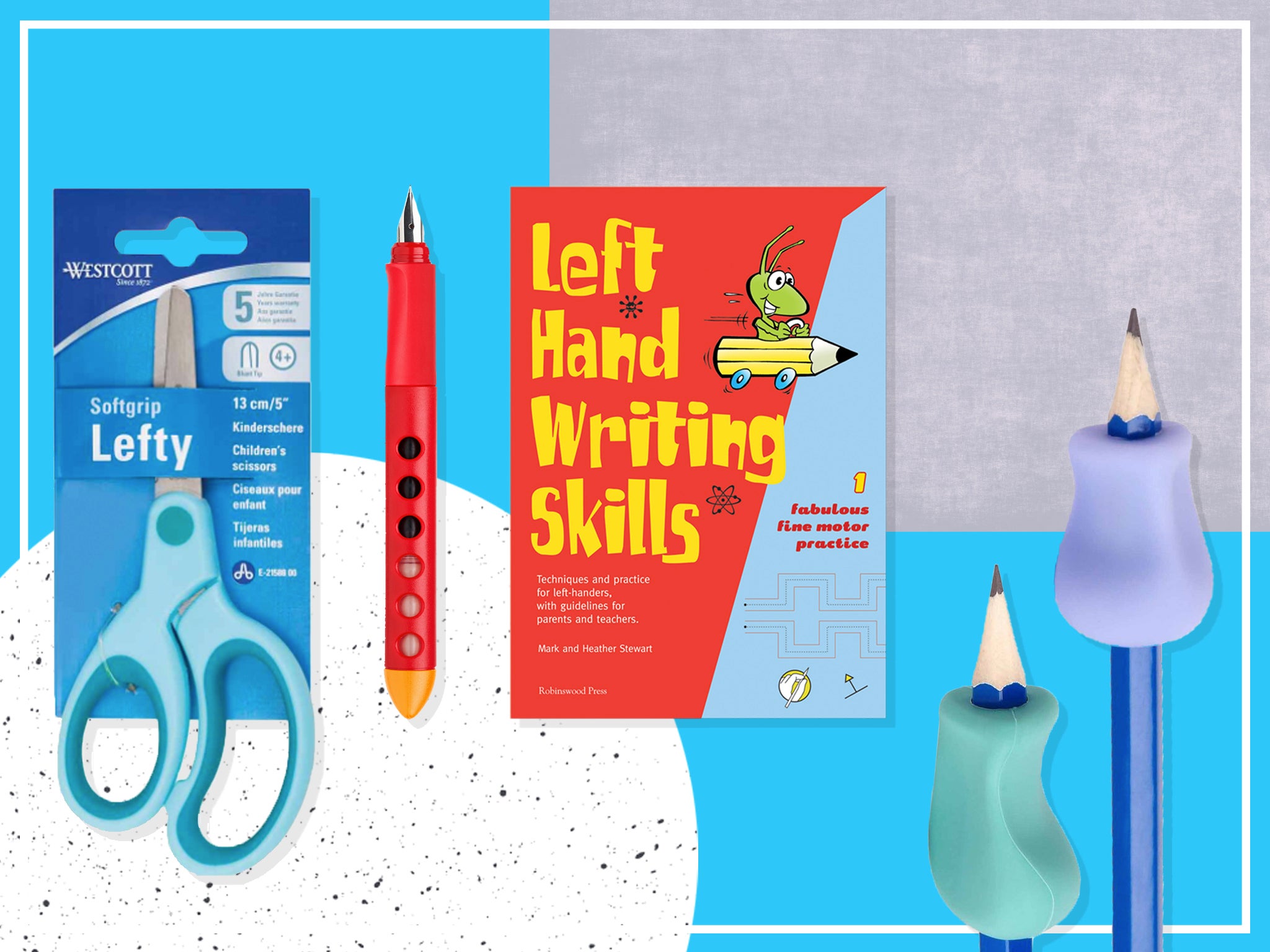

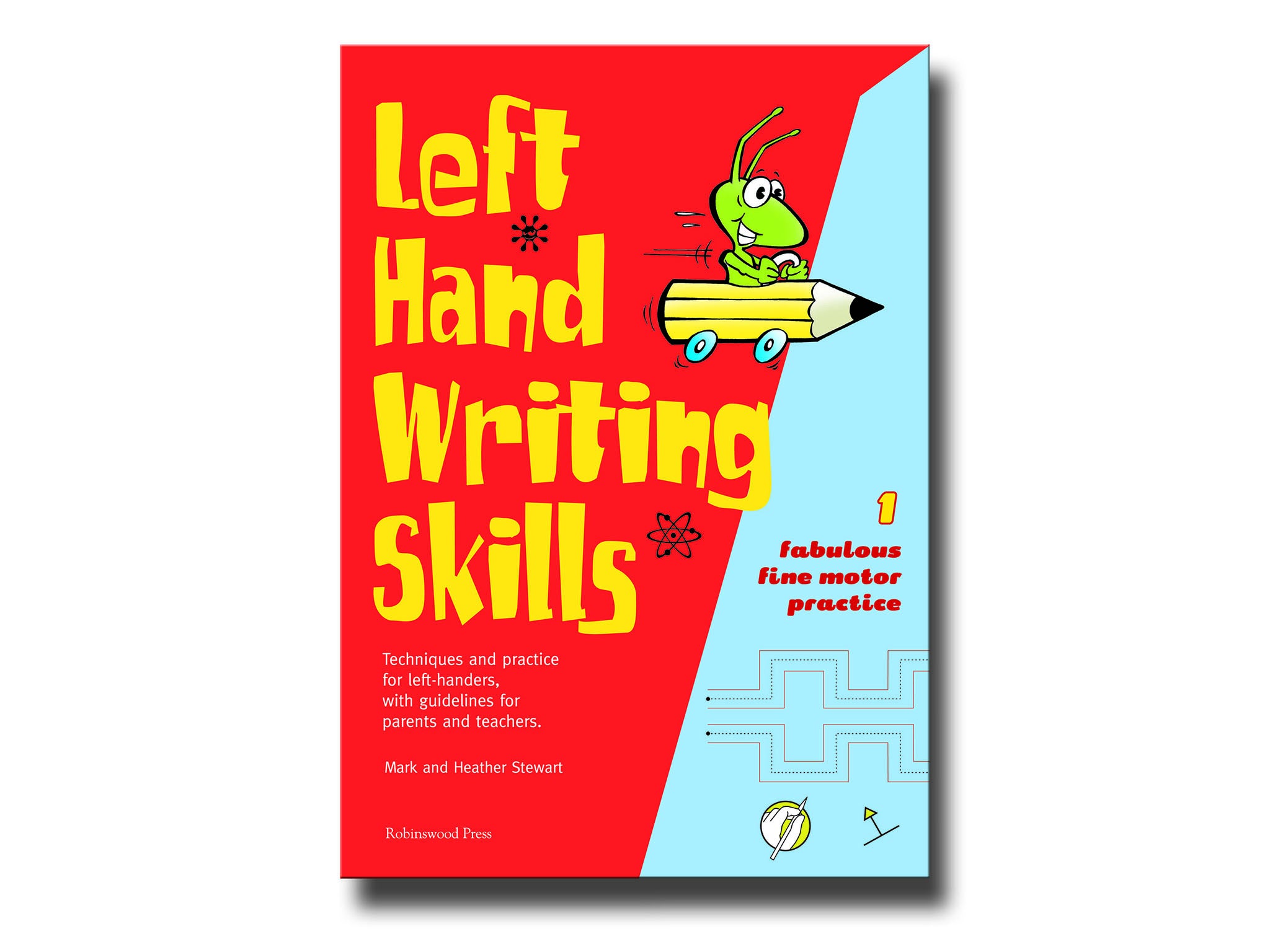 Best tips and tricks‘Left-handed writing skills – book one’, published by Robinswood PressRead review£7
Best tips and tricks‘Left-handed writing skills – book one’, published by Robinswood PressRead review£7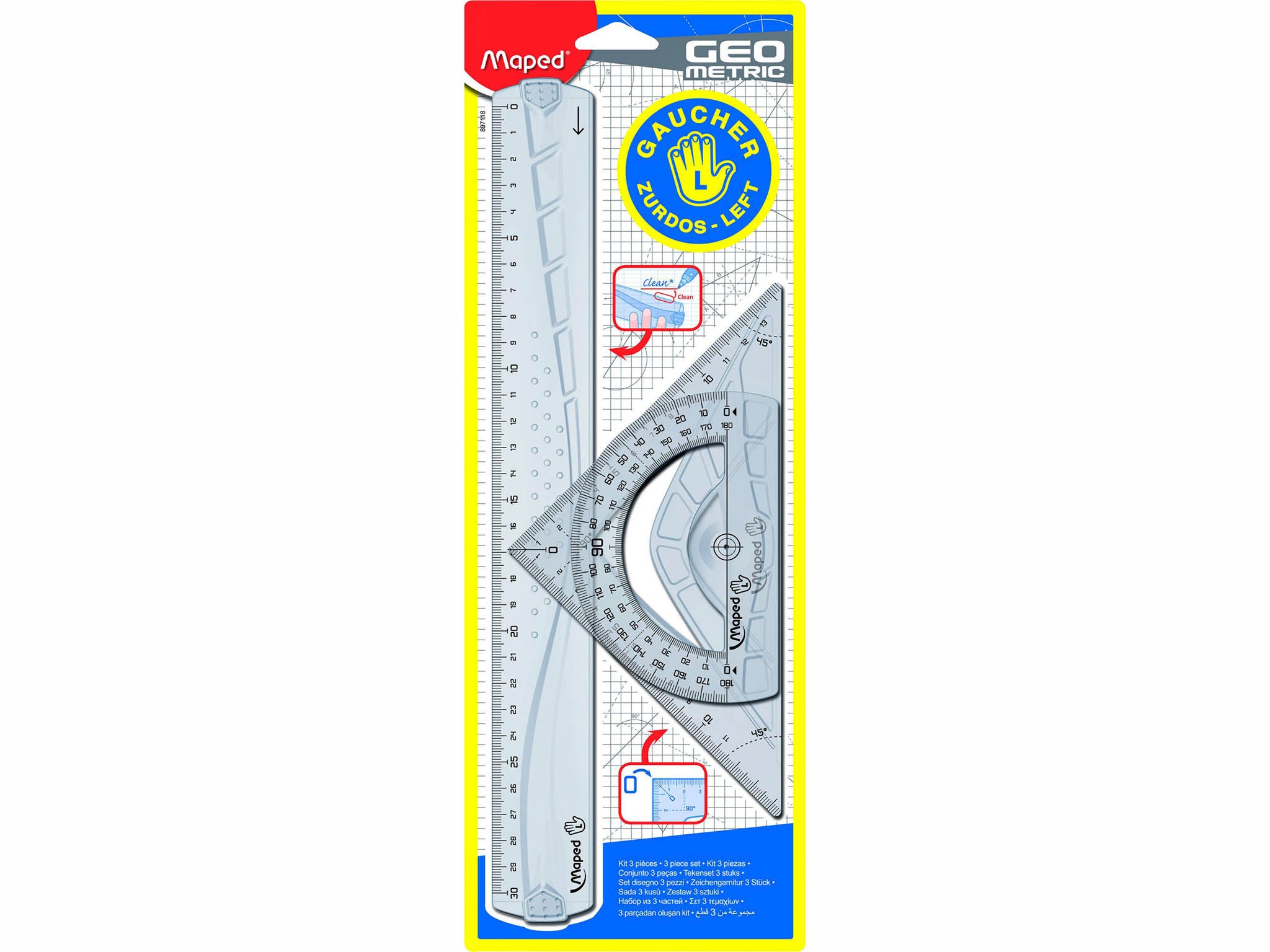

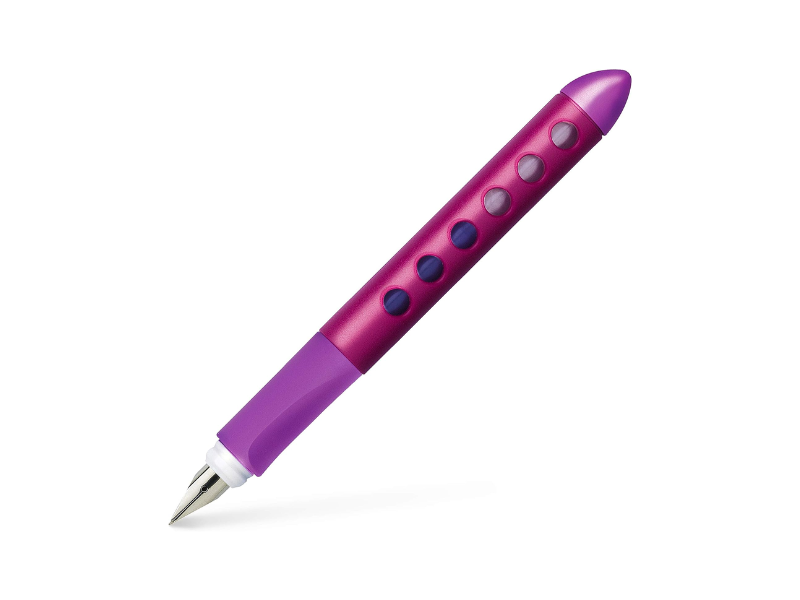
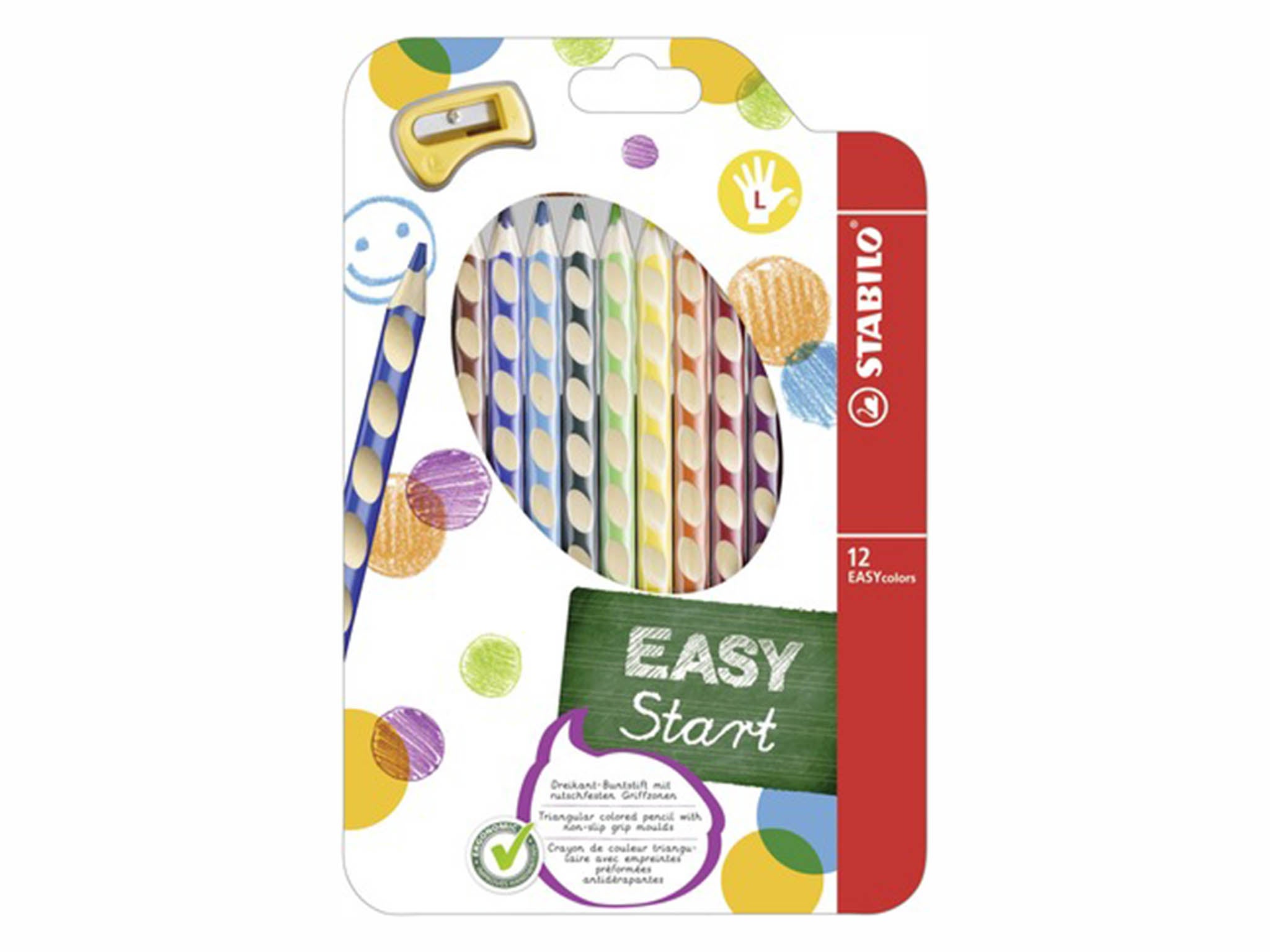
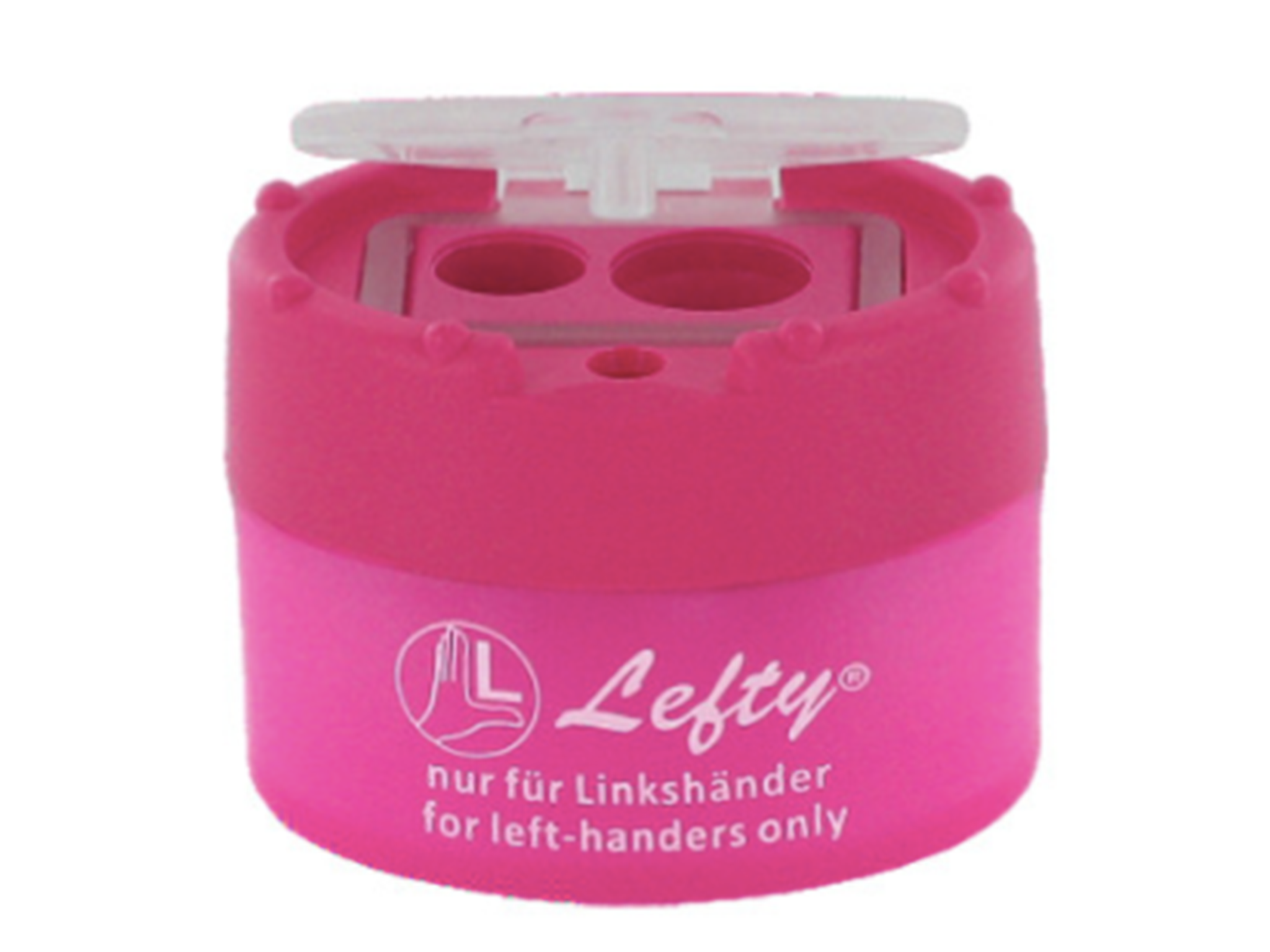
Helping children learn to write can be a challenge but no matter how willing and able a left-handed child is, their experience will be harder in a world designed for right-handers, who make up 90 per cent of the population.
Historically, left-handedness has reams of negative connotations. The English word “left” is derived from the Anglo Saxon word “lyft”, which meant weak, and we also say “two left feet” when we speak of someone being malcoordinated.
Until as late as the 1980’s in western society, it was common to try to “stop” people from being left-handed by forcing children to use their right hands. Some people raised in Britain recall having their left hand tied behind their backs to prevent them from using it.
This stifling of a natural compulsion which caused frustration and lack of confidence in children at such formative ages, has thankfully stopped. That said, today it is really important for left-handed children to be supported as much as possible to prevent them from feeling clumsy or less able than their right-handed counterparts who make up the status quo.
Left-handed people see things in a slightly different way to their right-handed counterparts, but despite claims that lefties are more artistic there is no solid evidence to prove this.
How we tested
In terms of writing, left-handers have to push a pencil or pen which can lead to smudging and their hands will often curl around the top of a page as they write. As a result, we wanted to find tools that would help with grip, flexibility and movement, as well as literature that would make learning as a left-hander much easier.
The best stationery for left-handed kids 2023 are:
- Best overall – Stabilo EASYergo ergonomic mechanical pencil: £8.94, Amazon.co.uk
- Best for tips and tricks – ‘Left-handed writing skills – book one’: £7.95, Robinswoodpress.com
- Best for geometry sets – Maped left-handed geometry kit: £2.79, Amazon.co.uk
- Best for arts and crafts – Westscott soft grip left handed scissors: £1.71, Amazon.co.uk
- Best for handwriting Faber – Castell scribolino left-handed fountain pen: £17.69, Amazon.co.uk
Stabilo EASYergo ergonomic mechanical pencil

- Best: Overall
- Type: Pen
- Range: Two leads
If your child is anything like our five-year-old tester, they will be tickled pink by the mechanical aspect of this graphite pencil: the “magic lead” feels rather grown-up and exciting.
But, far from being a toy or fad, this is a really great staple for both right and left-handed kids – the pencils are designed in two versions to suit both. You can get thin lead at 1.4mm, which won’t require any sharpening or a chunkier 3.15mm which comes complete with a special sharpener.
Perfect for fledgling writers, this ergonomic design is approved by the National Handwriting Association and it’s easy to see why – we found it comfortable and intuitive to use.
‘Left-handed writing skills – book one’, published by Robinswood Press

- Best: Tips and tricks
- Type: Book
- Range: 28 worksheets
This is a great introduction to the world of left-handed writing and a brilliant handbook for parents and children alike. The focus in this book is to set the foundations for left-handers to write easily in a right-handed society. It takes readers through fundamentals like paper and hand positioning as well as grip before going on to the formation of letters and words.
There are some 28 worksheets for children to tackle, which might sound a bit heavy but they are actually pretty fun – we had no idea it was “work” as it involved stuff like neatly tracing the line between a buzzy bee and its corresponding flower. Adults do need to accompany the child using the book – this way they can troubleshoot any potential habits which might hamper future writing, such a poor hand position.
It’s full of so many hints and tips for parents of left-handers – we had no idea that asking left-handed children to use a finger space between words was not ideal because placing a finger down means the left-hander encounters a physical obstacle to work around in order to continue writing. Instead, ask them to imagine an invisible “O”. There are other books in the range for left-handed children further on in their writing journeys.
Maped left-handed geometry kit

- Best: Geometry sets
- Type: Mathematical tools
- Range: Three pieces
Every left-handed child should have a geometry set that’s easy to use. Geometry is tricky enough without having to do it the “wrong” way around for you. This is a very simple set of tools including a 30cm ruler where measurements run from right to left and a protractor that is read anti-clockwise.
Westscott soft grip left handed scissors

- Best: Arts and crafts
- Type: Scissors
- Range: Two tips
Best for children aged four and older, these left-handed scissors have soft grips that are ideal for little hands. The scissors claim to be “indestructible” and we can report that this was put to the test after they were trodden on by a very clumsy parent in walking boots (don’t ask). They remained completely unscathed.
The blades are round, which is best as far as safety is concerned. They sliced through paper and even card easily, and made our little one feel happy and confident in their crafting.
Faber-Castell scribolino left-handed fountain pen

- Best: Handwriting
- Type: Pen
- Range: One point
Fountain pens can be a nightmare for lefties – remember they are pushing the nib not pulling it – and they run the constant risk of smudging every single letter with their hand or sleeve. The scribolino is a bit of an antidote to all that. It works exactly like a right-handed pen, with a sharp, pointed nib and cartridge refills, but it is cleverly designed with a “tripod” grip that’s specially designed for left-handed use.
Although there were a couple of smudges to start with, we found this so much easier to work with than any other pen, including ballpoints.
Stabilo easycolors ergonomic left handed coloured pencils

- Best: Budding artists
- Type: Colouring pencils
- Range: 12
The colours in this wallet are as vivid as any of the Stabilo range but have ergonomic grooves which make them easy for young left-handers to grip. Each pencil has a triangular circumference punctuated by oval grooves on each side, all the way up, meaning that no matter how much you sharpen, the grip won’t run out. We found these super-easy to grip with and had greater control when colouring and writing with them, than with standard pencils.
The brilliant bonus to this set is that it comes complete with a pencil sharpener – left-handed, of course.
Kum click clack lefty pencil sharpener

- Best: Students
- Type: Pencil sharpener
- Range: Two
Oh yes, it’s rare but it does exist – a left handed pencil sharpener. This one has two spaces to cater for different pencil sizes (8mm and 11mm respectively) as well as a container for sharpenings and a lid to store any pesky wood or lead dust. It works beautifully and, after being frustrated by trying to operate a right-handed version, we found it feels really easy to use too.
The verdict: Stationery for left-handed kids
We think that the Stabilo EASYergo mechanical pencil is a total essential for left-handed kids learning to write. It feels grown up and exciting as well as being comfortable to hold. We also recommend the Left-handed writing skills book not only for the activities but for the endless practical advice.
